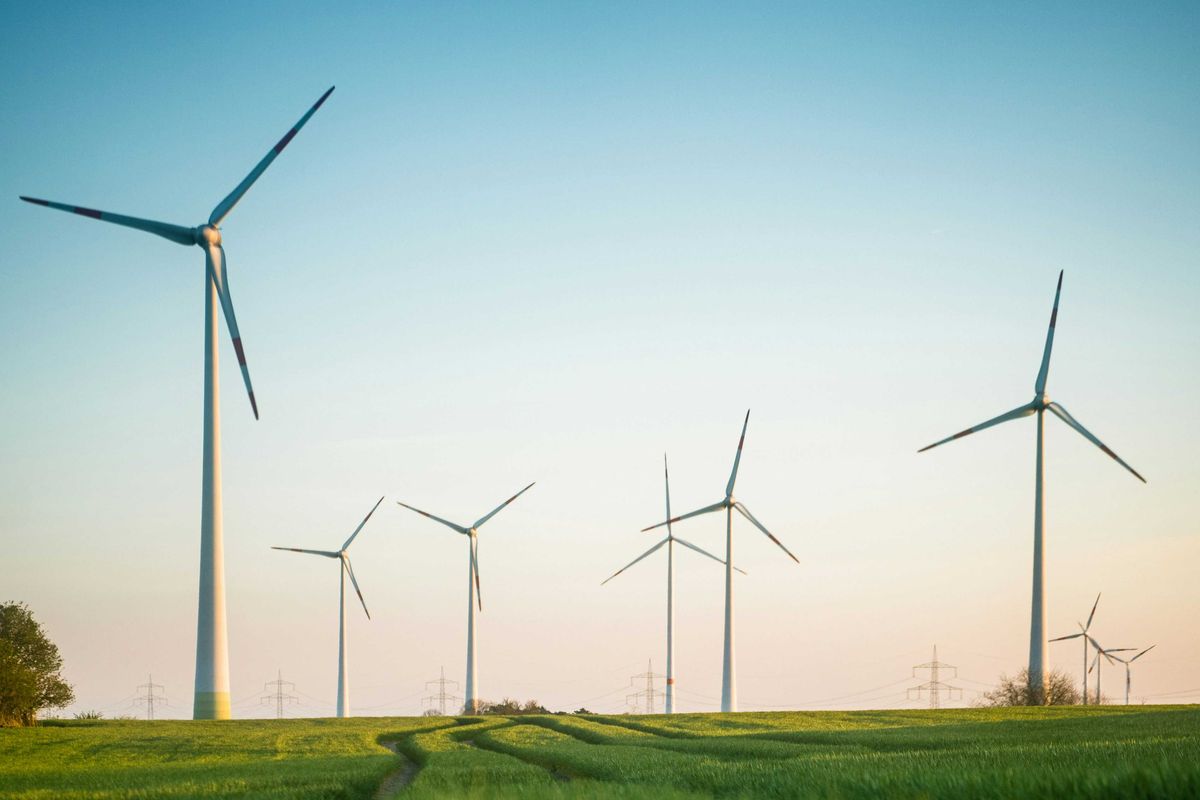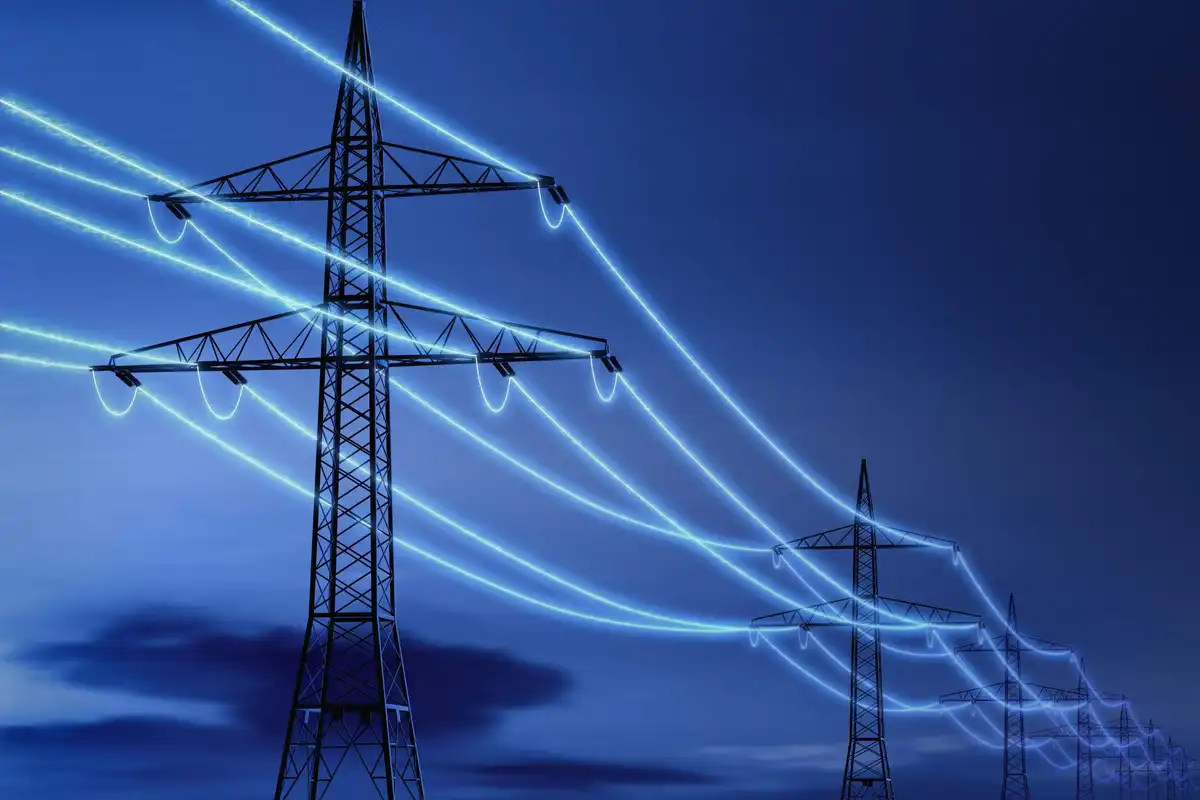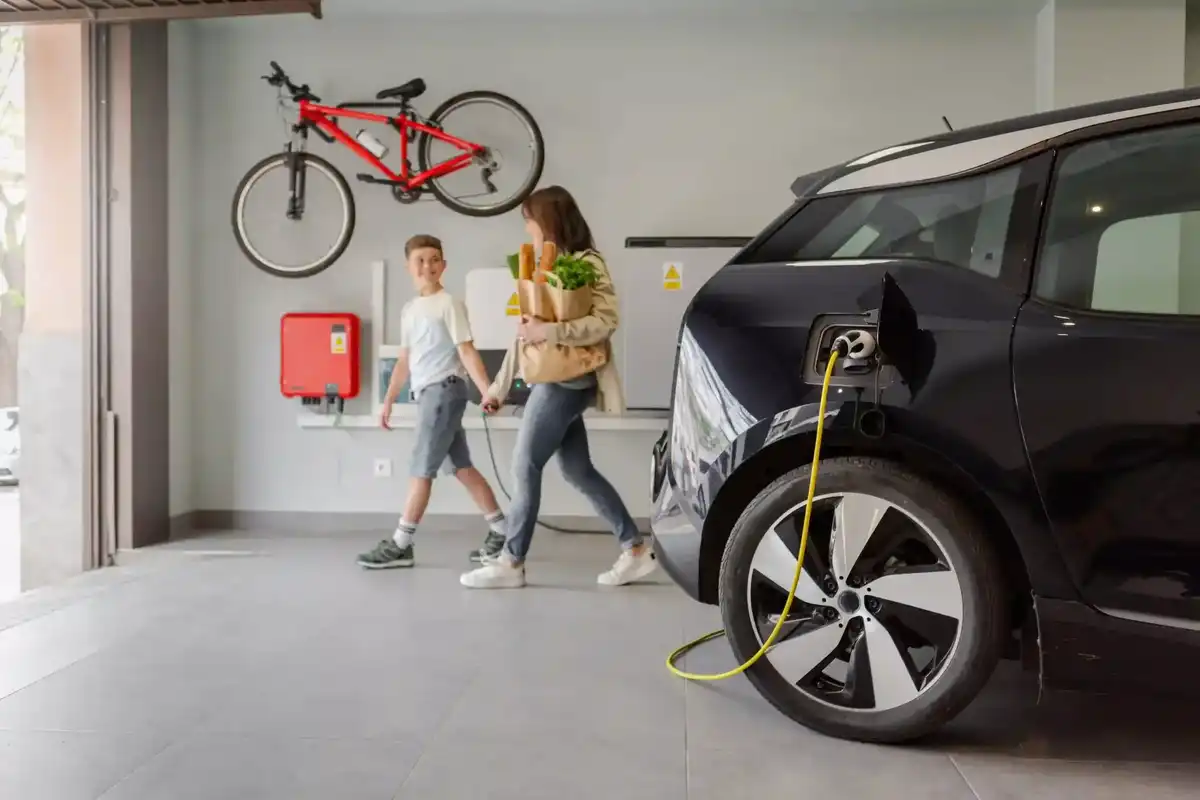Greentown and partners name 10 startups to carbontech accelerator
new cohort
The Carbon to Value Initiative (C2V Initiative)—a collaboration between Greentown Labs, NYU Tandon School of Engineering's Urban Future Lab and Fraunhofer USA—has announced 10 startup participants to join the fifth cohort of its carbontech accelerator.
The six-month accelerator aims to help cleantech startups advance their commercialization efforts through access to the C2V Initiative’s Carbontech Leadership Council (CLC). The invitation-only council consists of corporate and nonprofit leaders from organizations like Shell, TotalEnergies, XPRIZE, L’Oréal and others who “foster commercialization opportunities and identify avenues for technology validation, testing, and demonstration,” according to a release from Greentown
“The No. 1 reason startups engage with Greentown is to find customers, grow their businesses, and accelerate impact—and the Carbon to Value Initiative delivers exactly that,” Georgina Campbell Flatter, CEO of Greentown, said in a news release. “It’s a powerful example of how meaningful engagement between entrepreneurs and industry turns innovation into commercial traction.”
The C2V Initiative received more than 100 applications from 33 countries, representing a variety of carbontech innovations. The 10 startups chosen for the 2025 fifth cohort include:
- Cambridge, Massachusetts-based Sora Fuel, which integrates direct-air capture with direct conversion of the captured carbon into syngas for production of sustainable aviation fuel
- Brooklyn-based Arbon, which develops a humidity-swing carbon-capture solution by capturing CO₂ from the air or point-source without heat or pressure
- New York-based Cella Mineral Storage, which works to develop subsurface mineralization technology with integrated software, enabling new ways to sequester CO2 underground
- Germany-based ICODOS, which helps transform emissions into value through a point-source carbon capture and methanol synthesis process in a single, modularized system
- Vancouver-based Lite-1, which uses advanced biomanufacturing processes to produce circular colourants for use in textiles, cosmetics and food
- London-based Mission Zero Technologies, which has developed and deployed an electrified, direct-air carbon capture solution that employs both liquid-adsorption and electrochemical technologies
- Kenya-based Octavia Carbon, which develops a solid-adsorption-based, direct-air carbon capture solution that utilizes geothermal heat
- California-based Rushnu, which combines point-source carbon capture with chemical production, turning salt and CO2 into chlorine-based chemicals and minerals
- Brooklyn-based Turnover Labs, which develops modular electrolyzers that transform raw, industrial CO2 emissions into chemical building blocks, without capture or purification
- Ontario-based Universal Matter, which develops a Flash Joule Heating process that converts carbon waste such as end-of-life plastics, tires or industrial waste into graphene
The C2V Initiative is based on Greentown Go, Greentown’s open-innovation program. The C2V Initiative has supported 35 startups that have raised over $600 million in follow-on funding.
Read about the 2024 cohort here.- Greentown Labs adds 6 Texas clean energy startups to Houston incubator ›
- Greentown Labs names Lawson Gow as its new Houston leader ›
- Greentown and EnergyTech Nexus announce ecosystem partnership ›
- Greentown Labs names new CEO to lead climate tech incubator ›
- Greentown to add new Houston AI lab from latest Houston partner ›








 Air Liquide and Hyundai agreed to expand hydrogen refuelling networks, storage capacity and more at a meeting in Seoul last week. Photo courtesy Air Liquide.
Air Liquide and Hyundai agreed to expand hydrogen refuelling networks, storage capacity and more at a meeting in Seoul last week. Photo courtesy Air Liquide.
